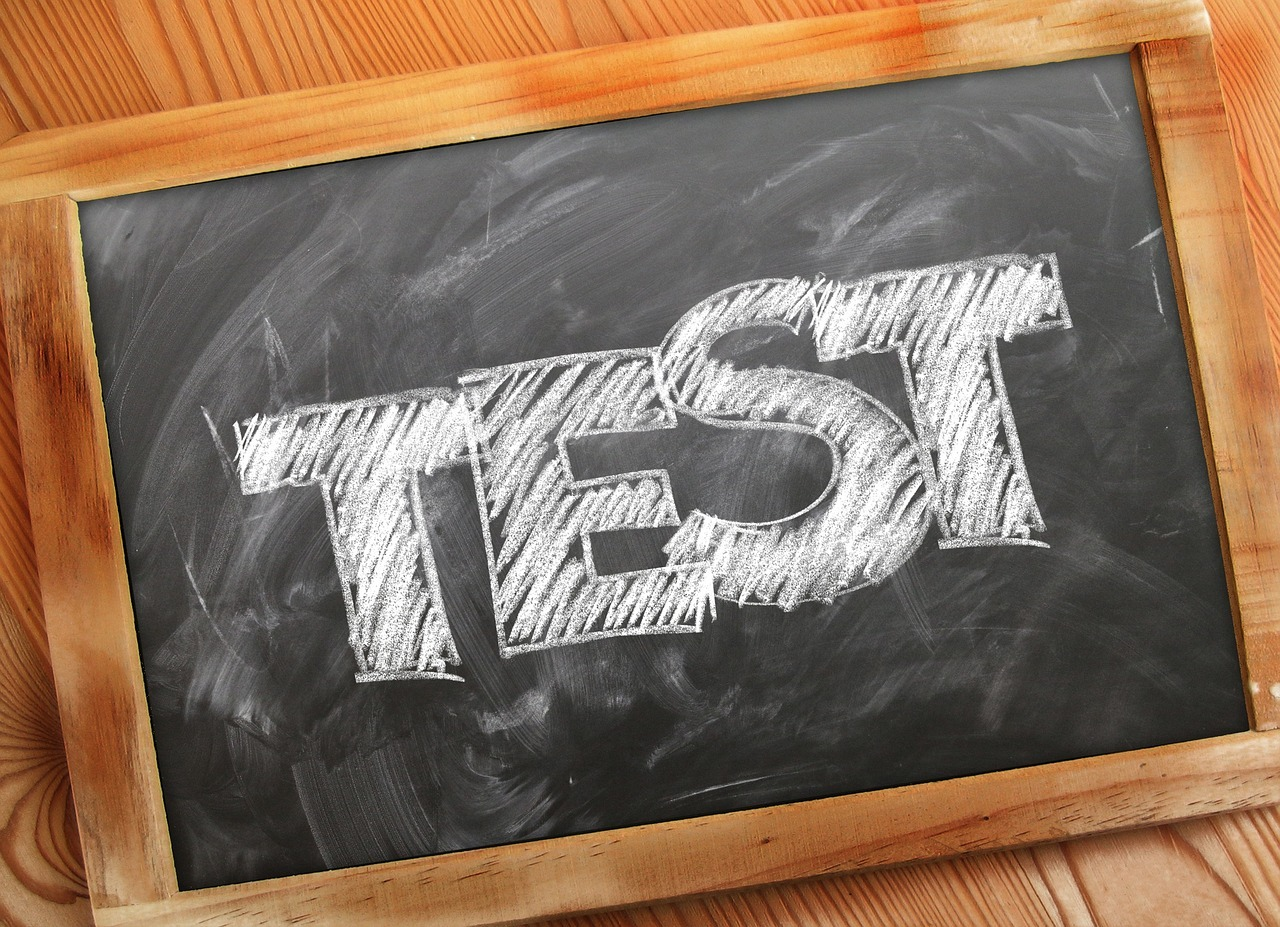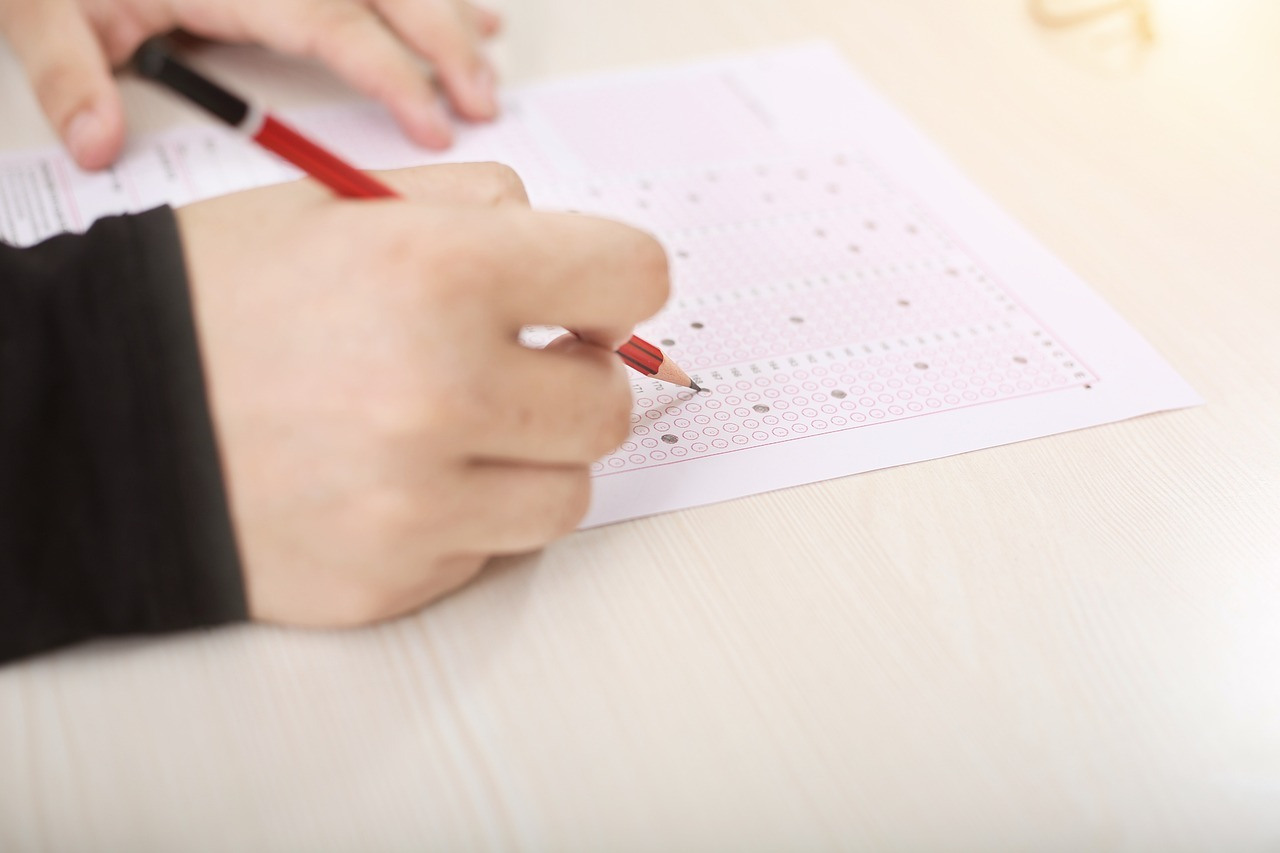Foreigners who wish to work at a company in Korea or enroll in or graduate from a Korean university must obtain a TOPIK (Test of Proficiency in Korean) certification.
In this guide, we will explore everything about the TOPIK exam, including its levels, evaluation criteria, and the official 2025 TOPIK exam schedule.

What is the TOPIK Exam?
TOPIK (Test of Proficiency in Korean) is a Korean language proficiency test designed for foreigners and non-native Korean speakers.
The test has been conducted since 1997, initially managed by the Korea Research Foundation (1997-1998), then by the Korea Institute for Curriculum and Evaluation (1999-2010), and from 2011 onward, it has been administered by the National Institute for International Education (NIIED).
The TOPIK exam is held six times a year in Korea—January, April, May, July, October, and November. However, the exam is also conducted in 87 countries and 323 test locations worldwide.
For overseas test locations, two test formats are used: Type A and Type B:
- Type A: Conducted on Saturdays in North & South America, Europe, Africa, and Oceania.
- Type B: Conducted on Sundays in Asia.

PBT vs. IBT: What’s the Difference?
The TOPIK exam is available in two formats: PBT (Paper-Based Test) and IBT (Internet-Based Test).
PBT (Paper-Based Test)
- Conducted using physical exam booklets and answer sheets.
- Held at designated test centers.
- Listening: Audio is played through speakers in a classroom, and note-taking is allowed.
- Reading: Long passages can be underlined or marked.
- Writing: Answers must be handwritten, making corrections difficult.
IBT (Internet-Based Test)
- Conducted online using a computer.
- Held at authorized test centers.
- Listening: Requires headphones, and note-taking is not allowed.
- Reading: No marking or annotations allowed on the screen.
- Writing: Answers must be typed using a Korean keyboard.
Both PBT and IBT require candidates to complete all sections within the designated time limit.

TOPIK Levels and Proficiency Criteria
The TOPIK exam has six levels, ranging from Level 1 (Beginner) to Level 6 (Advanced). The difficulty increases progressively.
| TOPIK Level | Proficiency |
|---|---|
| Level 1 | Can introduce oneself, make simple purchases, and order food at a restaurant. |
| Level 2 | Can understand and form simple sentences. Can handle daily activities like visiting a bank, post office, and hospital. |
| Level 3 | Can communicate comfortably in daily life without major difficulties. |
| Level 4 | Can understand news and social issues. Required for Korean university graduation and admission to Korean Studies graduate programs. Also useful for employment in Korean companies. |
| Level 5 | Can communicate in both academic and professional fields. Considered highly proficient in Korean. |
| Level 6 | Can fluently communicate in complex academic and professional settings. Korean reading comprehension may surpass native speakers. Required for Korean teaching certification. |
TOPIK Levels and Usage
| TOPIK Level | Common Use Cases |
|---|---|
| Level 1 | Required for international marriage visa (F-6). |
| Level 2 | Required for D-4 visa (language training students) to work part-time legally. |
| Level 3 | Required for foreigners applying to Korean universities and E-7 visa (employment visa). |
| Level 4 | Minimum requirement for foreigners to graduate from Korean universities. Essential for Korean Studies graduate school scholarships. |
| Level 5 | Required for foreign doctors applying for medical license recognition in Korea (must also pass additional exams). Provides monthly scholarships for Korean Studies graduate school students. Useful for Korean company employment. |
| Level 6 | Required for Korean teaching certification (Level 2 and 3). |

TOPIK Exam Evaluation Criteria
The TOPIK exam is divided into two types: TOPIK I (Beginner) and TOPIK II (Intermediate & Advanced).
TOPIK I
- 200 points total (Listening: 100, Reading: 100).
- No writing section.
- Covers Levels 1 and 2.
TOPIK II
- 300 points total (Listening: 100, Writing: 100, Reading: 100).
- Writing section includes essay questions:
- One 200-300 character explanatory essay.
- One 600-700 character argumentative essay.

TOPIK Score Requirements per Level
| TOPIK Level | Required Score |
|---|---|
| TOPIK I - Level 1 | 80–139 points |
| TOPIK I - Level 2 | 140+ points |
| TOPIK II - Level 3 | 120–149 points |
| TOPIK II - Level 4 | 150–189 points |
| TOPIK II - Level 5 | 190–229 points |
| TOPIK II - Level 6 | 230+ points |

How to Prepare for the TOPIK Exam?
- Study Official TOPIK Materials
- Visit the official TOPIK website for past exam papers and sample tests.
- Use the "Study Resources" section for practice exercises.
- Use TOPIK Study Books
- Many publishers provide TOPIK preparation books tailored to different levels.
- Consider practice books for solving past exam questions.
- Take Practice Tests
- Simulate exam conditions by taking mock tests to get familiar with the format.

2025 TOPIK Exam Schedule & Fees
TOPIK Exam Duration
- TOPIK I (PBT): 100 minutes
- TOPIK I (IBT): 70 minutes
- TOPIK II (PBT): 180 minutes
- TOPIK II (IBT): 125 minutes
- TOPIK Speaking Test: 30 minutes
2025 TOPIK Exam Fees (Korea Standard)
| Exam Type | Fee |
|---|---|
| TOPIK I (PBT) | KRW 40,000 |
| TOPIK II (PBT) | KRW 55,000 |
| TOPIK I (IBT) | KRW 70,000 |
| TOPIK II (IBT) | KRW 95,000 |
Final Thoughts
This guide provides detailed information about the TOPIK exam, levels, evaluation criteria, and 2025 exam schedule.
For more information and official updates, visit the TOPIK website, where you can:
- Check test locations and registration details.
- Download past exam papers.
- Find official announcements and FAQs.
Preparing for the TOPIK exam can open many doors—from university admissions and employment to visa applications. Start your preparation today and achieve your Korean language goals!






























